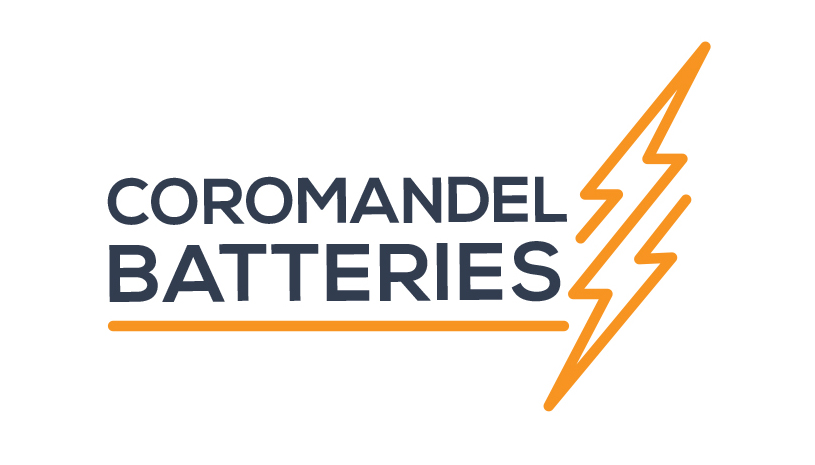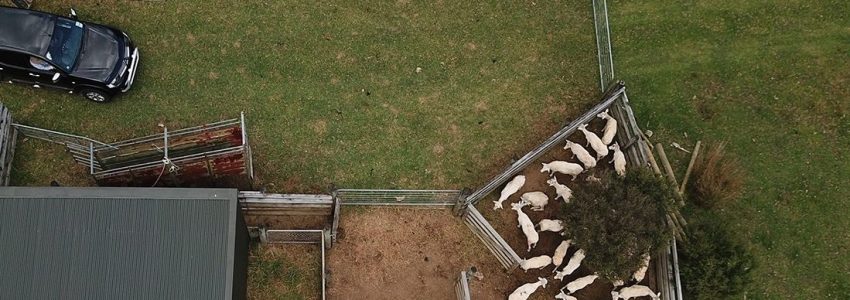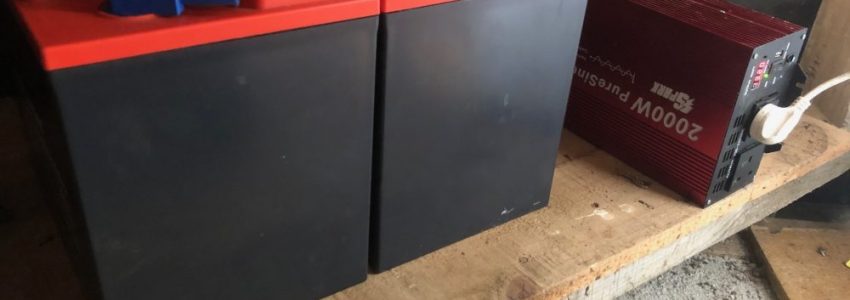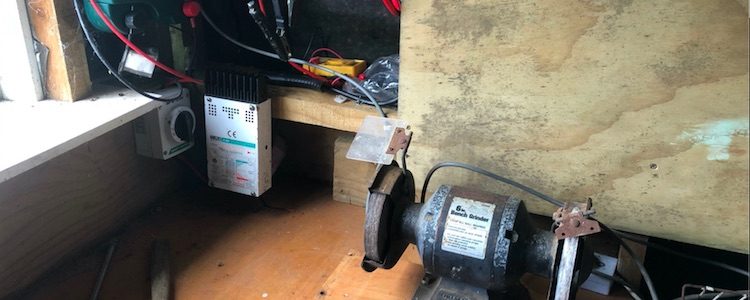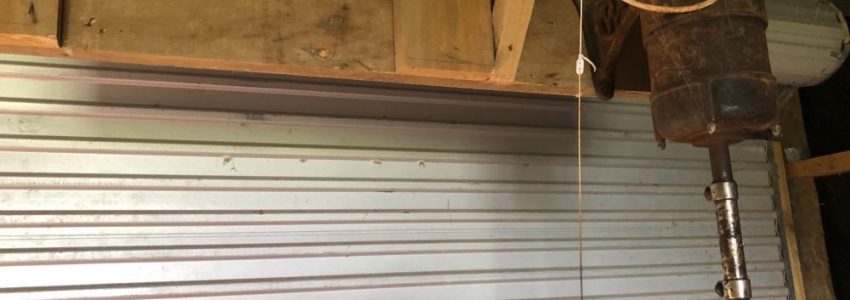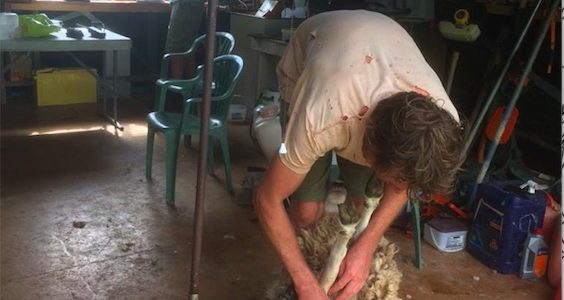This is just about the simplest off-grid setup which powers a farm shed 2km from the nearest mains power.
Case study: Farm shed
Details
This simple tin shed is a long way up a 4WD farm track. It is used for a variety of purposes including:
- small workshop with 1 light, grinder, power tool charging
- powering an electric fence unit
- running one or two shearing machines
While only used 3 or 4 times a year for shearing or crutching a small flock of 200 sheep, the demands on the batteries at those times are severe. The system uses 2 x 6REXC-300 6V 300Ah Narada lead carbon batteries, 4 x 160 Watt solar panels and a 12V 2000W inverter. The startup loads of an electric shearing plant are high (around 1500 Watts) and the only system limitation is that if two machines are being used you can’t start them both at the same time – one has to be started then then other a few seconds later. At the end of a day of shearing those two batteries will be down to around 11.6V but the Narada lead-carbons can handle that occasional heavy depth of discharge without damage, especially since they sit at float voltages 95% of the time.
The two 6V batteries connected in series to 12V can provide a peak current of 100 amps which at 12V allows the inverter to supply around 1200 watts. These sort of high surge loads are where Narada lead carbon batteries excel and allow you to install a much smaller battery bank than would be required with other lead-acid battery types to handle heavy peak loads such as starting the electric motor on the shearing plant.
This setup uses a PWM type charge controller (a Xantrex C40) re-cycled from another installation that was upgraded. Compared to modern MPPT controllers this is a less efficient unit, but because the shed sits unused for weeks at a time it can easily get the batteries fully charged and keep them on float ready for the next heavy days use.
The inverter is a cheap Chinese pure sine-wave unit and the shearing machines, lights and grinder are plugged directly into it which simplifies wiring a lot. As long as two shearing machines are not started at the same time it can handle two machines running at once (one is started, then the second after a 5 second wait). The inverter is switched off when not in use and the electric fence unit runs directly from 12V.
Appliances in the case study
Two older lister shear machines (0.5HP motor, 380W, 1500W startup)
Bench grinder (300W)
Makiata power tool charger (240W)
LED light (10W)
Electric fence unit (30W)
Approximate costings
4 x 160 watt solar panels $700
2000 watt pure sine wave inverter $600
C40 PWM charge controller $150
2 x Narada 6REXC-300 batteries $1560
Circuit breakers (panel and batteries) and cable $120
Total $3130
Documentation
Download technical documentation of the Narada 6REXC-300 battery here: 6REXC-300
